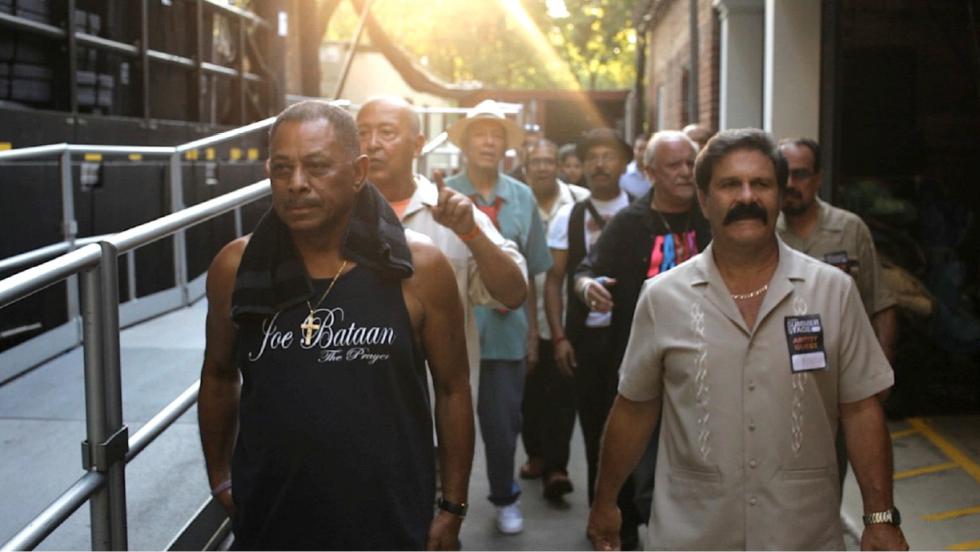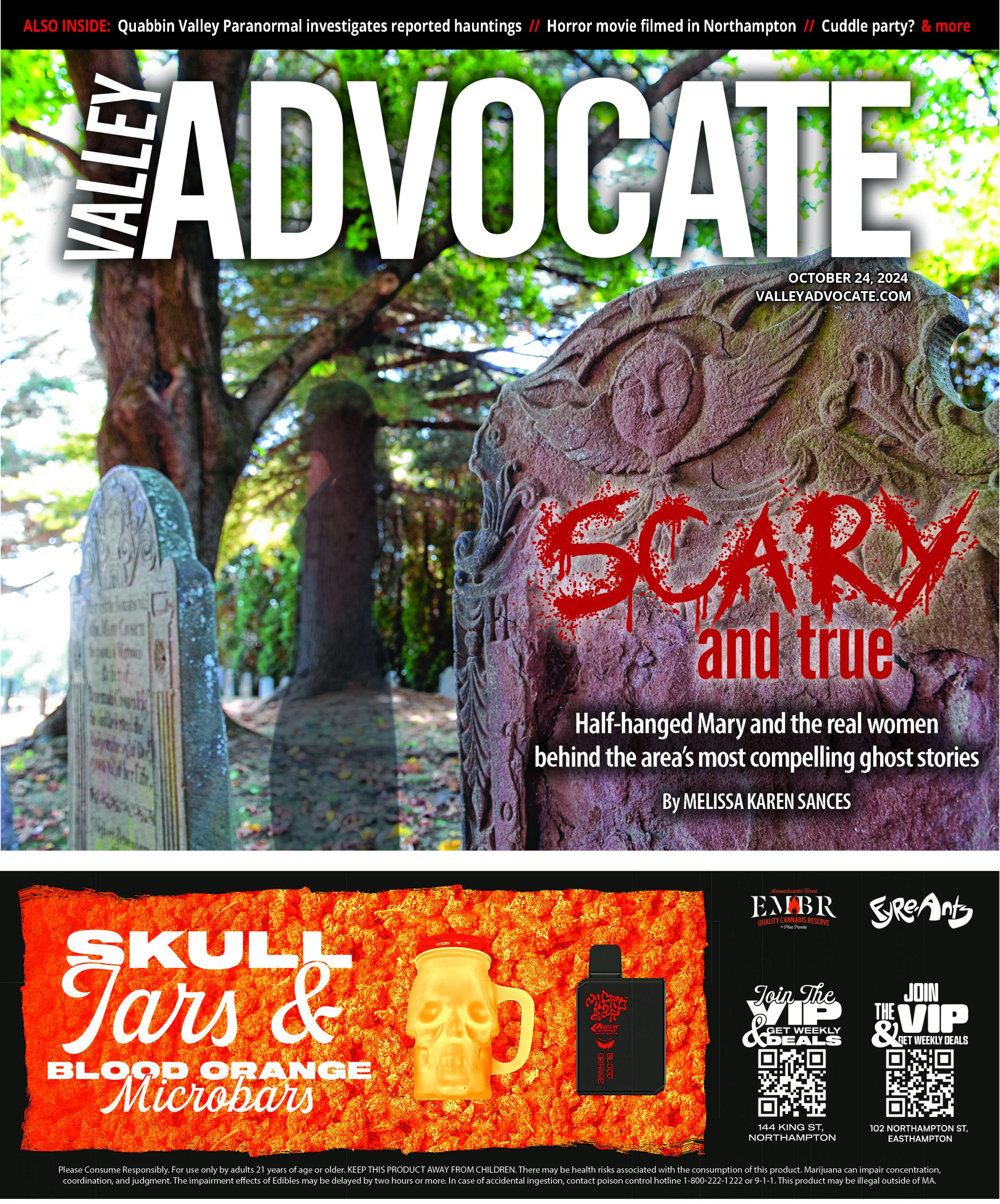One of my favorite memories of being young and broke in New York is of a night my then-partner and I went to a Manhattan music spot to hear one of her co-workers play. The venue was a second floor residence — it seemed a good bet that, despite the space made for a dance floor, someone called it home after the music was over for the night — and the bar carried wildly marked-up drinks from the bodega below. The man who had invited us played the conga, I think, in what turned out to be a remarkably large band for such a small space. We knocked on the unmarked door, paid our cover, and sat down to listen.
It would have been a memorable night anyway for a kid still caught up in the romance of a city where things like secret second-floor music clubs could happen. But then the music started. A mix of sounds I’d never heard before, it seemed somehow like a perfect mix of the different influences that had seeped into the city over the decades — older Cuban rhythms paired with urban American R&B, shot through with horns that recalled the city’s great jazz history.
It was a music that recalls the Latin boogaloos featured in We Like It Like That, director Mathew Ramirez Warren’s new feature length documentary about an infectious moment of musical history. It screens this Wednesday night at Amherst Cinema with Warren and local film consultant Pablo Yglesias on hand to discuss the movie and the music that inspired it (there’s also an after party at Amherst venue High Horse, with music from DJ Bongohead — Yglesias, who is an inspired record collector — should you want to keep tapping your feet).
Focusing on legendary boogaloo names like Joe Bataan and Johnny Colon, Warren’s feature nonetheless moves beyond the biggest hits of the era (“Bang Bang” and the Pete Rodriguez tune that gives the film its title) to delve into the history of one of Latin music’s more overlooked moments. And though it thrived in the New York of the ’60s — Warren estimates that there were “hundreds” of boogaloo bands at the height of the craze — it has mounted an impressive comeback in recent times, with bands like The Boogaloo Assassins keeping the sound alive and updated for a new era. For fans of music — any music — boogaloo will likely prove to be an irresistible discovery, and Warren’s film is a great place to get a feel for the beat.
Also this week at Amherst: The Mystery of Picasso presents a unique look at the working mind of one of the last century’s great artistic visionaries. Director Henri-Georges Clouzot’s 1955 film uses an ingenious device to help us peer into the soul of Picasso: a sheet of glass. More precisely, a sheet of semi-transparent canvas. Placing his camera on one side, he let Picasso loose on the other side, where he drew and painted using special inks that bled through the surface material. The result is that as Picasso approaches his canvas, he approaches us; when he begins to make his marks, he is making them all around us, including us in his new creation.
Declared a national treasure by the French government in 1984, The Mystery of Picasso was unavailable for over a decade, passing through a number of hands before the rights lapsed back to the filmmaker’s family. With a new print struck, we can finally again experience what is surely the closest we can get to witnessing the moment of Picasso’s inspiration. “If only the cinema had filmed Rembrandt!” Picasso is heard to say. And while it’s hard to not agree with him about Rembrandt, having a filmed Picasso is nothing to sneeze at either. See it, and watch a modern master at work.•
Jack Brown can be reached at cinemadope@gmail.com.



